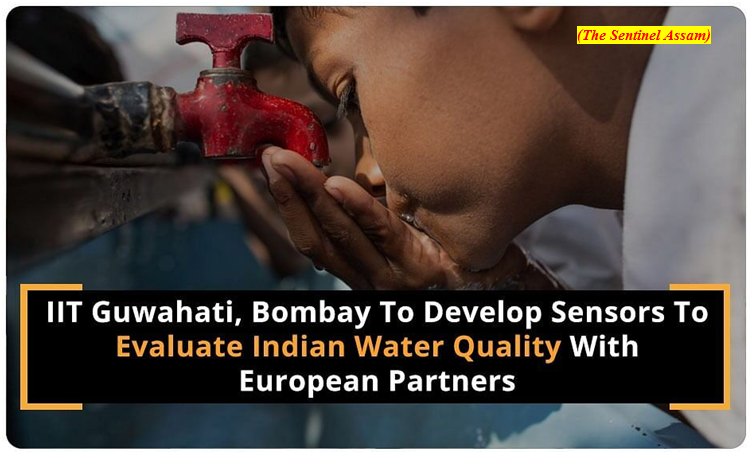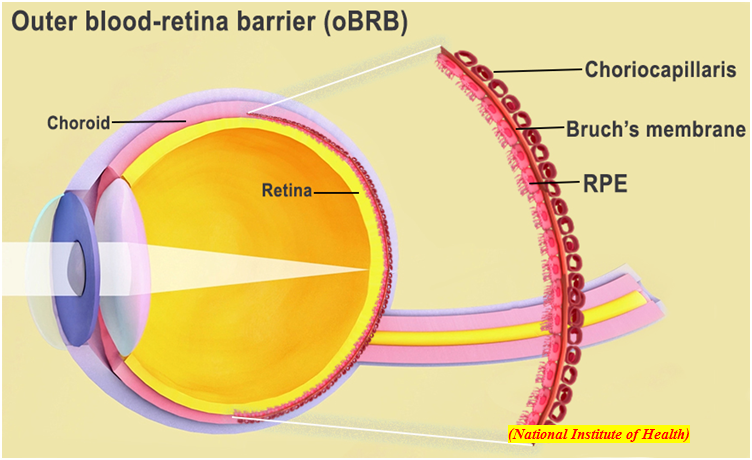NTPC and Tecnimont sign MOU to explore possibility to develop Green Methanol Production (GS Paper 3, Economy)

Why in news?
- Recently, NTPC, India's largest power generation company, has signed a non-binding Memorandum of Understanding (MOU) with Tecnimont Private Limited, Indian Subsidiary of Maire Tecnimont Group, Italy.
Objective:
- The objective of the MOU is to jointly evaluate and explore the possibility to develop commercial scale Green Methanol Production facility at NTPC project in India.
Green Methanol Project:
- The Green Methanol Project involves capturing carbon from NTPC power plants and converting it into a green fuel.
- Green Methanol has a wide range of applications, including serving as a base material for the chemical industry, storing renewable electricity, and even as a transportation fuel.
- It is also considered as a substitute fuel for maritime fuel applications.
Way Forward:
- This project along with NTPCs under execution Pilot scale Green Methanol project aligns with NTPC's commitment to sustainability and renewable energy, and will significantly contribute to India's energy transition.
IIT Guwahati, Bombay, European partners building water quality sensor
(GS Paper 3, Environment)
Why in news?
- The Indian Institute of Technology (IIT) Guwahati and Bombay in collaboration with European universities are working towards building a low-cost technology to check the quality of potable and other water in India.

LOTUS project:
- The LOTUS Indo-European project, an initiative of the Department of Science and Technology and the European Commission, is aimed at providing solutions for issues related to the quality of water supplied across Indian households and elsewhere.
- A core element of the LOTUS project is a novel water quality sensor that builds on previous work done at Ecole Polytechnique, Paris, France.
- The sensor was further developed during the project by researchers at Universit Gustave Eiffel in collaboration with IIT Guwahati and the SME EGM, Sophia Antipolis, France.
Significance:
- Successful commercialisation of the LOTUS water quality sensor will provide a low-cost water quality monitoring and safe drinking water supply solution to the Indian citizens which is in line with the vision of the Jal Jeevan Mission of the government of India and its Make-in-India initiative.
- For the commercial production of the sensor for the Indian market, IIT Guwahati is collaborating with Linxens India Private Limited and Hydroscope Technology Private Limited, a start-up firm.
Sensor:
- The core of the LOTUS sensor is a chip with carbon nanotube-based sensing elements that are capable of measuring multiple quality parameters such as Total Dissolved Solids (TDS), Potential of Hydrogen (pH), chlorine, and arsenic.
- The components of the sensor system include a software that enables water quality monitoring and safe water supply in the piped water network and tanker supply systems.
- A portable solar-operated disinfectant system integrated with a water quality controller and another software for the optimisation of the water supply in irrigation, are among the other components of LOTUS sensor.
Researchers use 3D bioprinting to create eye tissue
(GS Paper 3, Science and Tech)
Why in news?
- Scientists used patient stem cells and 3D bioprinting to produce eye tissue that will advance understanding of the mechanisms of blinding diseases.

Details:
- The research team from the National Eye Institute (NEI), part of the National Institutes of Health, printed a combination of cells that form the outer blood-retina barrier eye tissue that supports the retina’s light-sensing photoreceptors.
- The technique provides a theoretically unlimited supply of patient-derived tissue to study degenerative retinal diseases such as age-related macular degeneration (AMD).
What happens in AMD?
- The outer blood-retina barrier consists of the retinal pigment epithelium (RPE), separated by Bruch’s membrane from the blood-vessel rich choriocapillaris.
- Bruch’s membrane regulates the exchange of nutrients and waste between the choriocapillaris and the RPE.
- In AMD, lipoprotein deposits called drusen form outside Bruch’s membrane, impeding its function. Over time, the RPE break down leading to photoreceptor degeneration and vision loss.
What was the research?
- They combined three immature choroidal cell types in a hydrogel: pericytes and endothelial cells, which are key components of capillaries; and fibroblasts, which give tissues structure.
- The scientists then printed the gel on a biodegradable scaffold. Within days, the cells began to mature into a dense capillary network.
- On day nine, the scientists seeded retinal pigment epithelial cells on the flip side of the scaffold. The printed tissue reached full maturity on day 42.
Outcome:
- Tissue analyses and genetic and functional testing showed that the printed tissue looked and behaved similarly to native outer blood-retina barrier.
- Under induced stress, printed tissue exhibited patterns of early AMD such as drusen deposits underneath the RPE and progression to late dry stage AMD, where tissue degradation was observed.
- Low oxygen induced wet AMD-like appearance, with hyperproliferation of choroidal vessels that migrated into the sub-RPE zone. Anti-VEGF drugs, used to treat AMD suppressed this vessel overgrowth and migration and restored tissue morphology.
Way Forward:
- The collaborative efforts have resulted in very relevant retina tissue models of degenerative eye diseases.
- Such tissue models have many potential uses in translational applications, including therapeutics development.




